A summer bucket list is the perfect way to plan activities for kids and adults alike. Today we’ve got some tips to help you teach your kids about plants or animals and get them interested in nature. In the summer of covid and social distancing, we’re all looking for safe and engaging activities for kids that are away from screens. These tips will help you get your kids outside and also show them how to use technology for research and learning.

Learning about Plants

Teaching your kids about plants is a great introduction to nature and can be adapted to various ages and timelines. This activity could be as simple as choosing a plant that grows in your region and hopping in the car to drive to your nearest park or outdoor area to look for it in nature. The emphasis will mostly be on the sense of adventure and exploration related to finding the plant and perhaps even documenting it by taking pictures and videos.

If you want to place more emphasis on the actual learning, you can have your kid choose a flower/shrub/tree to focus on and give them free reign of the computer to research their subject matter. State game department websites usually have a good online index of regional plants, or some colleges and universities have botany departments that share local plant knowledge. Once your child has collected some knowledge about their chosen plant, let them design a presentation to share their findings with the whole family.
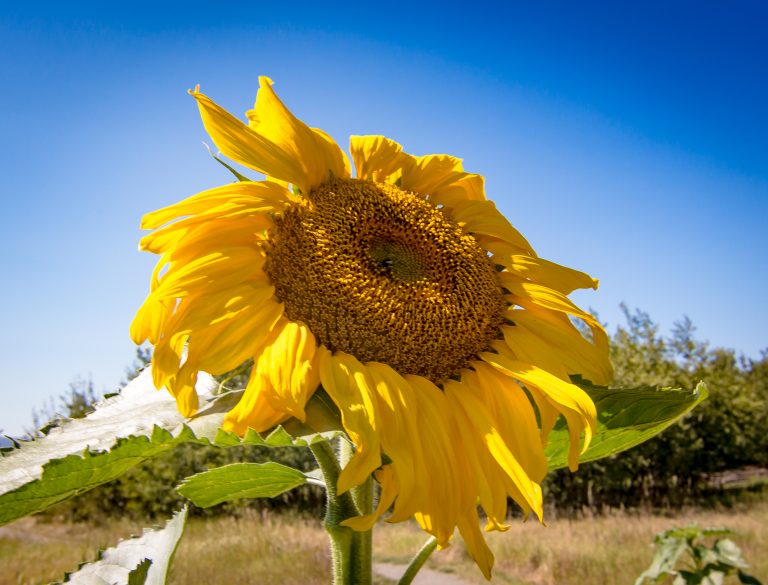
Maybe they like technology and want to make a slide deck or a video, or perhaps they like hands-on crafting and want to make a poster board with printed images and drawings. Don’t stress too much about the learning and presentation part and let them guide the level of engagement…if they like the topic they will naturally dive deeper and enjoy the process. We don’t want it to feel too much like school or homework.
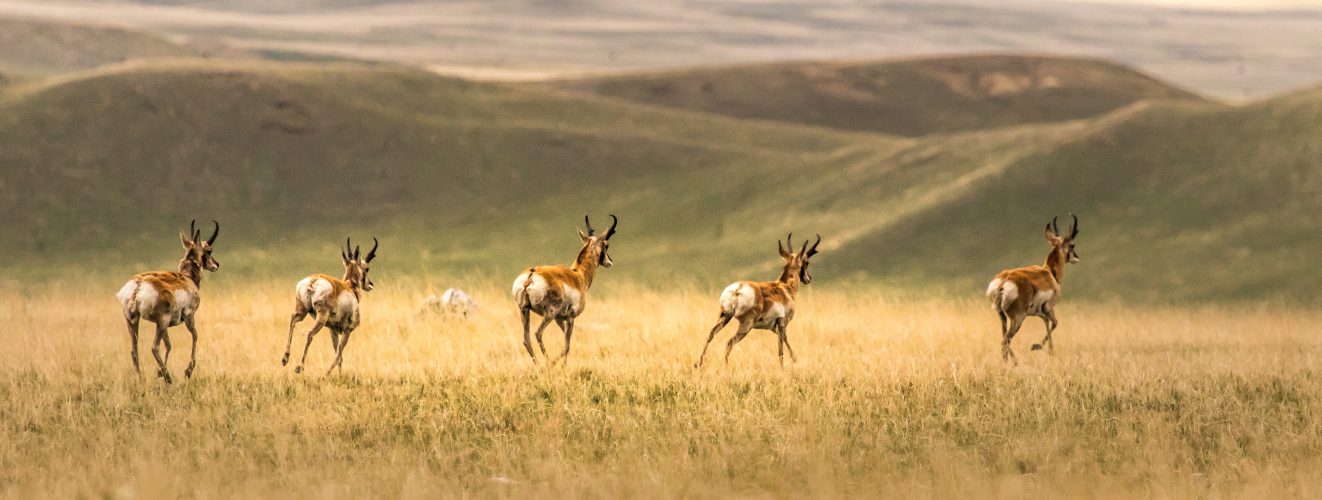
Learning About Wildlife
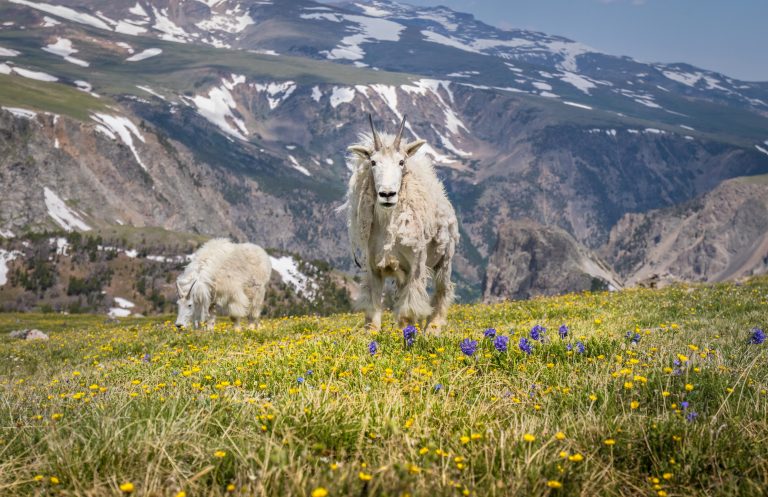
Watching your kids learn about wildlife is one of the most rewarding things a parent can experience, especially if it’s something that you also enjoy. It’s no wonder that taking kids to the zoo is a timeless activity for families all across the country! Seeing animals in their natural habitat is such a rare treat that should be treasured, so why not add in some learning to make the experience that much richer.
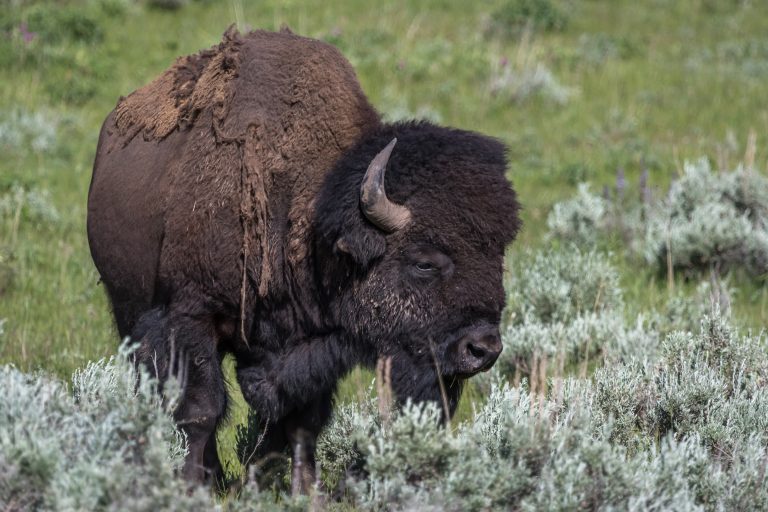
A simple way to get started is to help your kids keep a wildlife journal. A journal is a great way to document any animals that you see when camping, hiking, driving through scenic areas, and even walking around your neighborhood. Have your kids write down the animal they saw, where it was, and what it was doing when you saw it. If you want to add more learning elements, then you can help your child research animals they saw in nature and perhaps help them write some bullet points about the animals diet, behavior, and habitat. You can also print out a picture to paste in the journal to go along with the description. At the end of summer they could have a whole catalog of regional wildlife!

If you want a corresponding activity to go with the wildlife journal, check out our post on wildlife bingo and print out the bingo card to track what animals you and your family have seen!
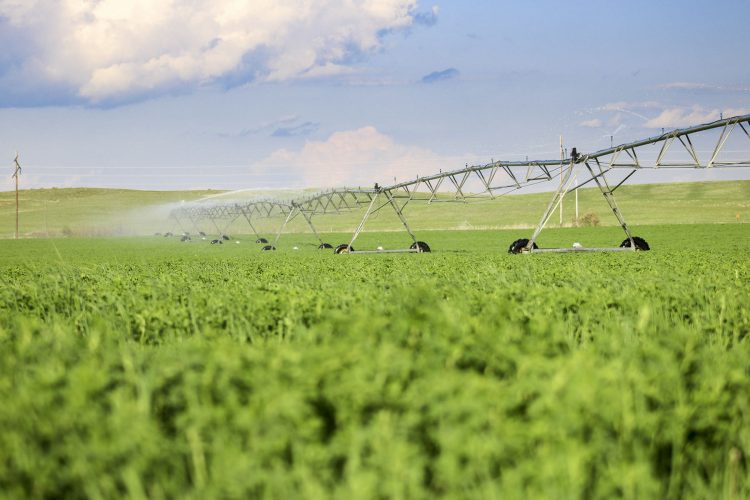
Learning about Crops

If your kids are a little bit older and are starting to become more curious about different professions, teaching them about farming and different crops in your area could be a nice addition to learning about plants and wildlife. You can focus on the science aspects of soil types, rainfall, climate and crop varieties and discuss why certain crops are grown in specific parts of the country. You don’t have to be a scientist to fully appreciate the level of research and intention that goes into planting and managing crops.
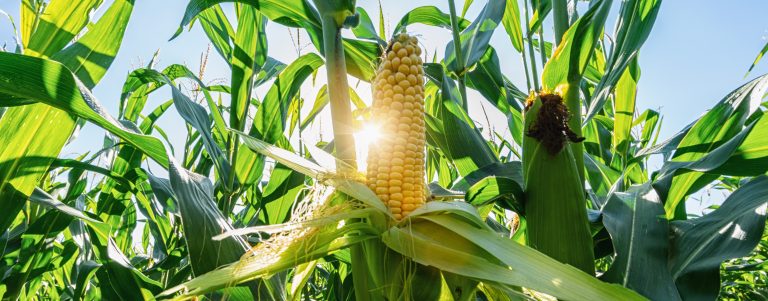
If you have a kid that is more interested in money and the economy, you can focus on the basics of commodity prices and economies of scale. Teaching kids about finance and economics may seem a bit daunting on the surface, but it really helps them gain a deeper understanding of the way the world actually works and may help teach them to think about situations in different ways. There are many costs and trade offs related to farming as well as the potential for financial gain if everything goes right, so finding ways to simplify these concepts can be a fun and engaging way to teach kids about business. And if you’re one of those parents, you can sneakily add in some math work by having your child compare the yield of a bushel of corn to a bushel of wheat.




